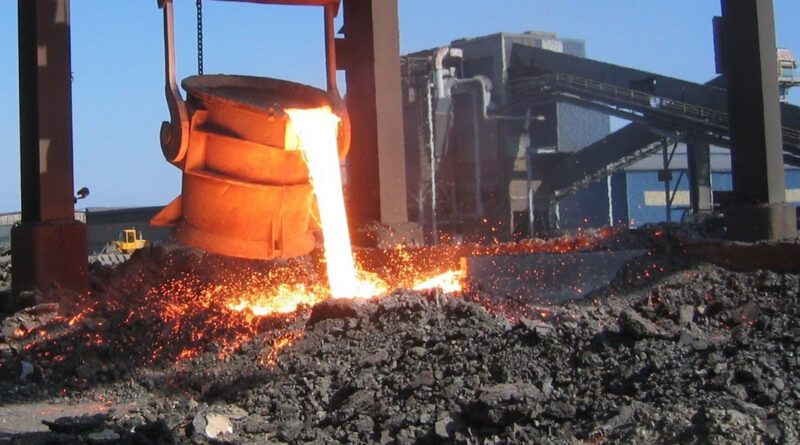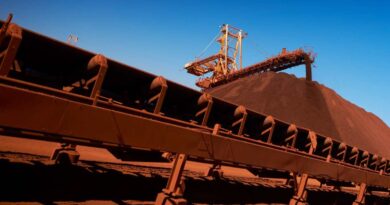Export tax may have destructive impact on SA chrome industry
An independent chrome ore producer group, made up of both primary and by-product chromium miners in South Africa, Chrome SA, believes there are many inaccuracies in the South African government’s announcement on a proposed export tax.
The Group warns on the destructive impact an export tax may have on South African chromite as a key oversight, citing the lack of a clear benefit to the ferrochrome producers that are not part of Chrome SA, says Roskill.
One of the key points raised by the media release is a potential loss of export volumes, translated to revenue, by the non-integrated ore producers because of a tax which is unlikely to be recovered in kind through increased South African ferrochrome production.
Some twenty years ago, South Africa supplied nearly half of the world’s ferrochrome, benefitting from cheap electricity and access to the world’s largest and most economically accessible chromite ore resource, the Bushveld Igneous Complex.
Then, from 2012, China has become the leading ferrochrome producing country as ferrochrome capacity was built up to support a burgeoning stainless steel industry in the country.
Concurrently, the South African ferrochrome industry saw reduced investment and increasing electricity tariffs that have brought the electricity cost advantage into parity with the highest cost ferrochrome producers in the world.
Remarkably, all of major chinese producers have been sourcing South African PGM by-product chromite (referred to as UG2) and benefited from access to one of the lowest cost raw materials on the market. China is, on the whole, very reliant on third party chromite, with about 70% of imported material sourced from South Africa last year.
The proposed export tax on chrome ore effectively targets the Chinese ferrochrome producers in an attempt to return cost competitiveness to South African ferrochrome producers. The export tax will have a limited impact on South Africa’s ferrochrome competitiveness outside of China, where South African producers are also facing growing competition amidst a weakening stainless steel industry in Europe and the USA.
Moreover, the chrome market has been dogged by oversupply since 2017 that has been compounded by sluggish stainless steel demand growth at the end of last year. With China heavily invested in the stainless steel industry and the supporting supply chain, the requirement for the existing 5.2Mt ferrochrome capacity in South Africa to meet demand is shrinking.
At present, only 3.5Mtpy ferrochrome is currently produced, with more capacity on the brink of being suspended as a depreciating currency and macroeconomics setting over the COVID-19 pandemic deteriorate.
Roskill says the key assessment with regards to the tax is that, without significant support and stimulation to grow South Africa’s ferrochrome output, the benefits of the export tax may be short-lived.
This excludes potential push backs from the Chinese industry, where Roskill understands from interviews that the recent ferrochrome tender price announcements by the Chinese stainless steel mills are, for now, a gentle reminder of the growing importance of ferrochrome pricing in China.




